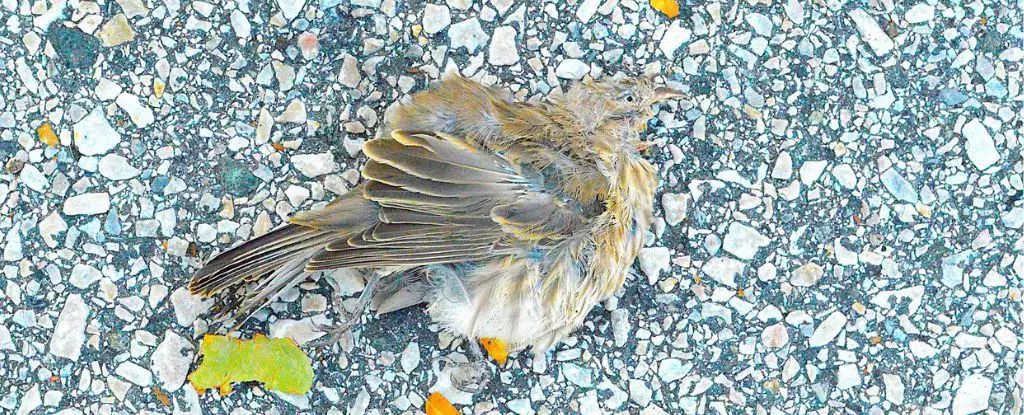The recent bird flu outbreak happening in the United States is not only a concern for hunters, poultry farmers, and dairy farmers, but also for city residents, especially those with pets. The New York City Virus Hunters (NYCVH) Program conducted a community science project that revealed the presence of a highly contagious strain of avian influenza among birds in the Big Apple. Volunteers collected 1,927 bird poop samples from various urban parks, green spaces, and animal rehabilitation centers in the city between 2022 and 2023. Out of these samples, six birds tested positive for the virus, including a red-tailed hawk, three Canada geese, a peregrine falcon, and a chicken.
While the risk of bird flu in New York City is considered low for humans and pets, it is not completely negligible. It is advisable to be cautious and avoid close contact with wildlife to prevent potential exposure to the virus. Christine Marizzi, a microbiologist at the Icahn School of Medicine at Mount Sinai, emphasizes the importance of staying alert and keeping pets away from wildlife. The dense population of humans and pets in New York City, combined with the migratory patterns of wild birds, creates an environment where infectious diseases can easily spread among various species.
Although no human cases of bird flu have been reported in New York City, a farm worker in Texas recently fell ill from the virus after likely contracting it from a sick cow. This case represents a rare instance of mammal-to-human transmission of avian influenza, highlighting the potential risks associated with zoonotic diseases. The World Health Organization (WHO) has documented only a small number of human cases linked to bird flu since the start of the current outbreak in 2020, with the Texas case being an exceptional example of spillover from animals to humans.
The bird flu outbreak in the US has not only affected migrating birds but also a wide range of wildlife, including wild foxes, raccoons, possums, skunks, seals, leopards, bears, mountain lions, bobcats, domestic cats, dogs, cattle, and goats. WHO officials describe the situation as a “global zoonotic animal pandemic,” emphasizing the need for heightened surveillance and preventive measures to contain the spread of the virus. In some instances, such as on a dairy farm where cats died from drinking bird flu-contaminated cow milk, the implications of avian influenza on wildlife and domestic animals are severe.
Understanding the risks posed by bird flu in urban environments is crucial for protecting both human and animal populations. The presence of highly pathogenic avian influenza strains in New York City underscores the importance of monitoring and surveillance efforts to prevent potential outbreaks and spillover events. By staying vigilant and adopting appropriate safety measures, individuals can help reduce the transmission of avian viruses and mitigate the impact of these infectious diseases on public health and animal welfare.


Leave a Reply